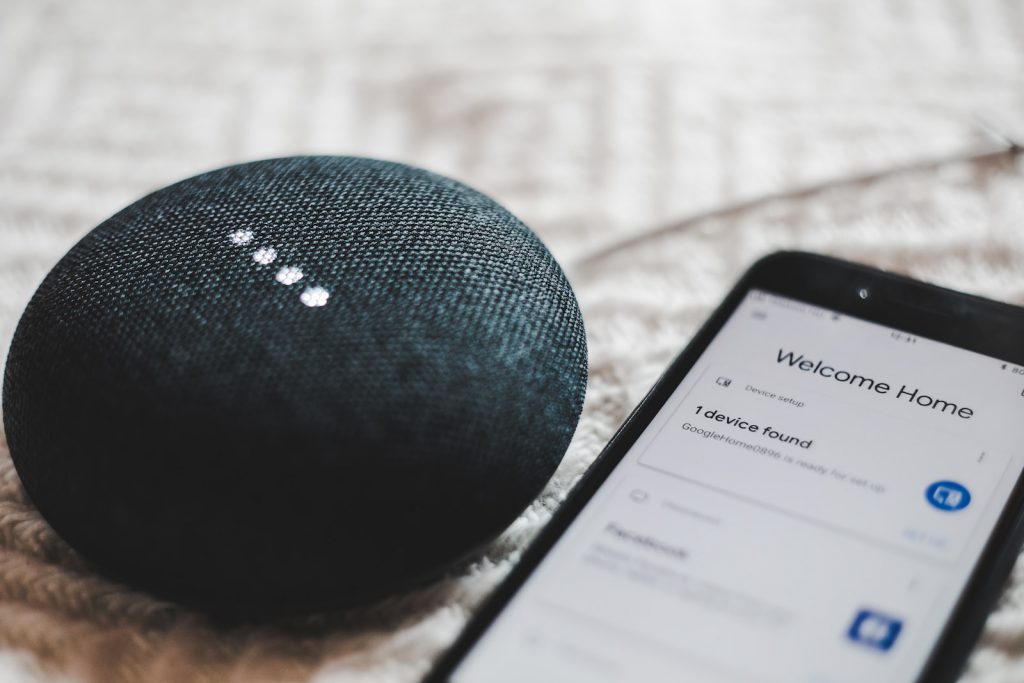The Future of Home Automation: A Comprehensive Guide to Smart Home Technology
Smart home technology has come a long way in recent years, offering a range of innovative devices and systems that can transform your living space into a smart, connected home. From voice-controlled assistants to smart thermostats, the possibilities are endless. In this guide, we’ll explore the latest smart home technology, discuss the benefits, and provide tips on how to get started.
I. Benefits of Smart Home Technology
A. Increased Energy Efficiency
Smart home technology can help you save energy and reduce your carbon footprint. With devices that can adjust temperature, lighting, and appliance usage based on your schedule and preferences, you can enjoy a more comfortable and sustainable living space.
B. Improved Home Security
Smart home technology offers advanced security features, such as motion sensors, doorbell cameras, and smart locks. These devices can detect and alert you to any suspicious activity, providing an added layer of protection for your home and family.
C. Enhanced Comfort
Smart home technology can also enhance your home’s comfort level. With devices that can adjust temperature, lighting, and air quality, you can create a personalized living space that suits your needs.
II. Best Smart Home Devices
A. Voice-Controlled Assistants
Voice-controlled assistants like Amazon Alexa and Google Assistant have become popular smart home devices. They can control a wide range of devices, from lights and thermostats to security cameras and kitchen appliances.
B. Smart Thermostats
Smart thermostats, such as Nest and Ecobee, can learn your schedule and preferences to optimize your home’s temperature. They can also be controlled through voice assistants or mobile apps.
C. Smart Lighting
Smart lighting systems, such as Philips Hue and LIFX, can adjust brightness and color based on your schedule and preferences. They can also be controlled through voice assistants or mobile apps.
III. Smart Home Apps and Features
A. Smart Home Hubs
Smart home hubs, such as Samsung SmartThings and Wink Hub, serve as a central command center for your smart home devices. They can integrate with a wide range of devices and offer advanced features like automated routines and notifications. If you are concerned about data privacy you can also use an open source and/or self hosted option, such as Home Assistant.
B. Remote Access
With smart home technology, you can access and control your devices remotely through mobile apps. This feature is especially useful for those who want to ensure their home is safe and secure while they’re away.
C. Automated Routines
Smart home devices can be programmed to perform automated routines based on your schedule and preferences. For example, you can set your thermostat to adjust the temperature based on your daily routine.
IV. Getting Started
A. Assess Your Needs
Before investing in smart home technology, it’s essential to assess your needs and budget. Consider the areas of your home where you’d like to improve comfort, security, and energy efficiency.
B. Research and Compare Devices
Research and compare different smart home devices to find the best solutions for your needs and budget. Look for devices with advanced features, ease of use, and compatibility with other devices.





Pingback: What is Home Staging - Concept: Clarity
Pingback: Uses for AI: Why Chat GPT or Similar AI Generators Should Be Your New Best Friend - Concept: Clarity